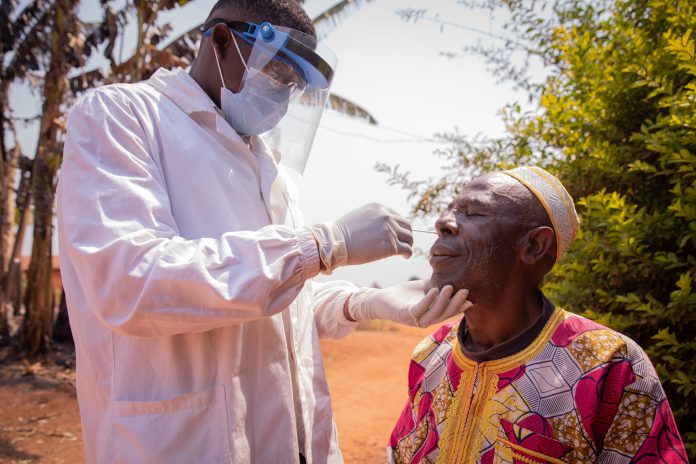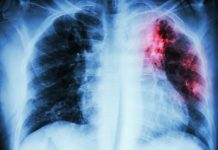Global COVID-19 responses could serve as a coordinated approach to end the HIV pandemic – bettering global immunisation to both viruses
Using the successes of the COVID-19 responses, formulating a coordinated response to HIV could lessen the virus and end another pandemic which has been ongoing for far longer than COVID-19.
The SARS-CoV-2 omicron variant’s emergence has proven to be vastly different to the HIV pandemic, while both have extremely detrimental effects on society, they also negatively affect each other too.
Studies have proven that countries with high HIV infection rates also have low vaccination rates for COVID-19 – therefore the authors of this study advocate for programs to integrate and enhance diagnosis, vaccination, and clinical management for people with both HIV and COVID-19.
Calling for a coordinated response to HIV and COVID-19 globally, researchers aim to build on the successes of key donor programs such as the U.S. President’s Emergency Plan for AIDS Relief (PEPFAR) program and Global Fund to Fight AIDS, TB and Malaria (GFATM).
How can countries expand pandemic response efforts?
Current approaches to tackling the pandemics individually is costing countries their economies, as well as reversing the progress toward the UN’s sustainable development goals which governments are committed to.
So researchers developed key priorities for countries to adapt to, lessening the outcomes of both pandemics and giving equal response to those suffering from both.
What are the three aims for a united COVID and HIV response?
- To link HIV diagnosis and care services with COVID-19 vaccination and treatment for all people living with HIV.
- That countries with high HIV incidence must be better resourced to identify people more efficiently with HIV and ensure easy and well-supported access to and monitoring of antiretroviral therapy (ART).
- People living with HIV, especially those with low CD4 counts, must be monitored virologically for persistent COVID-19 infection irrespective of symptoms.
Built with African and U.S. partners, The PEPFAR, combined with the GFATM is key for rolling out these efforts and must be adequately resourced to respond quickly to the intersecting epidemics.
There are 105,200 people living with HIV, as of 2019
Published in The Journal of the American Medical Association, the authors cite considerable data indicating that immunocompromised persons with persistent COVID-19 could be the origin of SARS-CoV-2 variants of concern (VOC).
Sub-Saharan Africa still has the high proportion of persons with HIV infection, which continually goes undiagnosed and less than optimally treated. This part of Africa also has the highest proportion of persons with immunosuppression.
The global community cannot expect to achieve pandemic control while the continent of Africa is left unprotected from COVID-19 due to inadequate access to vaccines and therapeutics, which omicron has exacerbated – also while many people can not be treated from HIV, which can be even more deadly.
Calling for changed from both Western and African governments, public health responses must be adequately resourced by donors or other sources and be informed by community voices and perspectives.
Vaccine coverage is essential part of defeating both public health issues
Additionally, the researchers suggest that African governments also need to increase vaccine coverage, possibly through mandates and resources to health services, to reduce the economic and public health burden of these intersecting pandemics on their countries.
Dr. Larry Corey, professor in the Vaccine and Infectious Disease Division at Fred Hutchinson Cancer Research Center, said: “With intersecting pandemics, we must reevaluate our approach in responding to HIV and COVID-19 through two major components: global immunization and enhanced services to people living with and at risk for exposure to HIV.
“Through the key priorities shared in this paper, we can be better equipped to handle what the future has in store for these pandemics on a global scale.”











